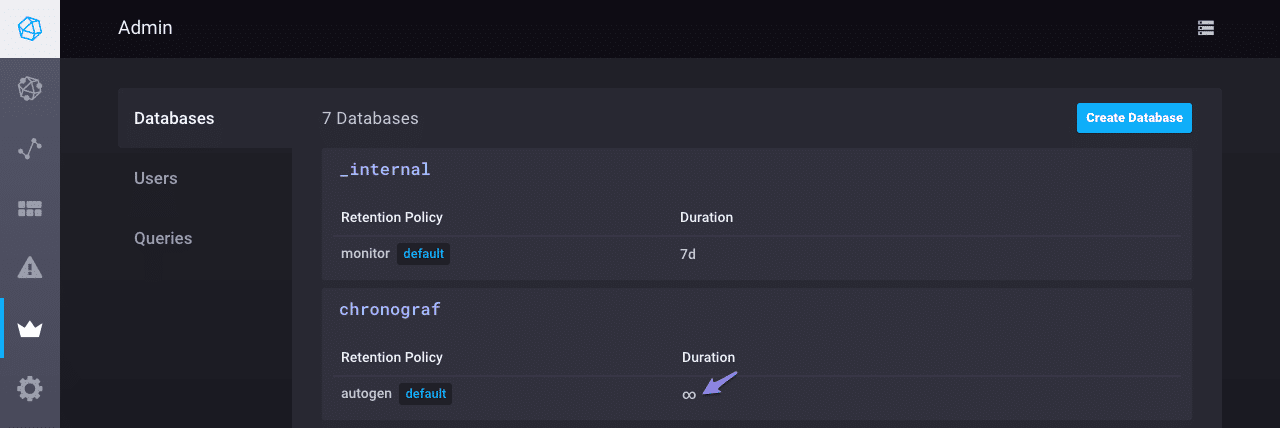TL;DR Tech Tips: Managing the Work History in Chronograf
By
Regan Kuchan
Product
Developer
Jun 01, 2017
Navigate to:
In this post, we recap some new material that you might have missed in the past week or so. Check in next week for the most interesting TICK-stack related issues, workarounds, how-tos, and Q&A from GitHub, IRC, and the InfluxData Community.
Managing alert history in Chronograf
Q: I’m using Chronograf to create alert rules and monitor my infrastructure. My Alert History page shows a lot of alert occurrences; I can narrow down the occurrences with the filter box and the time range selector, but is there a way to expire the occurrences that I no longer need?
A: There is! Chronograf stores the information on the Alert History page as time series data in InfluxDB. It stores it in the chronograf database and in the alerts measurement. By default, those data are subject to an infinite retention policy (RP), that is, InfluxDB stores them forever. To expire your alert history data, just shorten the duration of that RP.
We recommend using Chronograf’s Admin page to modify the retention policy in the chronograf database. In the Databases tab:
1: Locate the chronograf database and click on the infinity symbol (?)

2: Enter a different duration
The minimum allowable duration is one hour (1h) and the maximum is infinite (INF). See the InfluxDB documentation for the list of acceptable duration units.
3: Click the green check mark to save your changes
That’s it! InfluxDB only keeps data in the chronograf database that fall within that new duration; the system automatically deletes any data with timestamps that occur before the duration setting.
Writing data with Chronograf
Q: I’ve been using the deprecated web admin interface to write data to InfluxDB. Is there a way to write data using Chronograf?
A: Starting with version 1.3.2.0, Chronograf’s Data Explorer supports writing data to your InfluxDB databases.
To write data with Chronograf, click the Write Data icon at the top of the Data Explorer page and select your target database. Next, enter your line protocol in the main text box and click the Write button.

What's next:
- Downloads for the TICK-stack are live on our "downloads" page.
- Deploy on the Cloud: Get started with a FREE trial of InfluxDB Cloud featuring fully-managed clusters, Kapacitor and Grafana.
- Deploy on Your Servers: Want to run InfluxDB clusters on your servers? Try a FREE 14-day trial of InfluxDB Enterprise featuring an intuitive UI for deploying, monitoring, and rebalancing clusters, plus managing backups and restores.
- Tell Your Story: Over 300 companies have shared their story on how InfluxDB is helping them succeed. Submit your testimonial and get a limited edition hoodie as a thank you.
